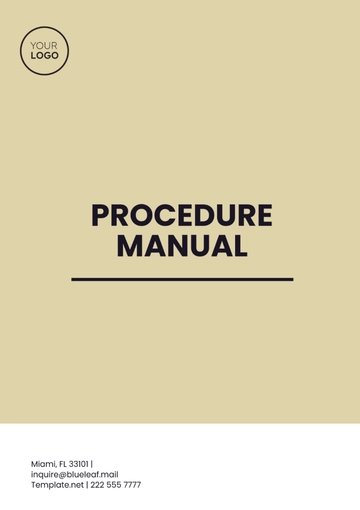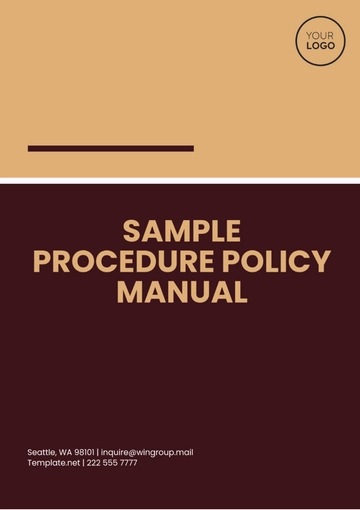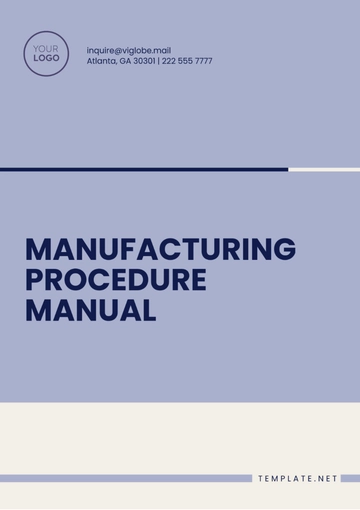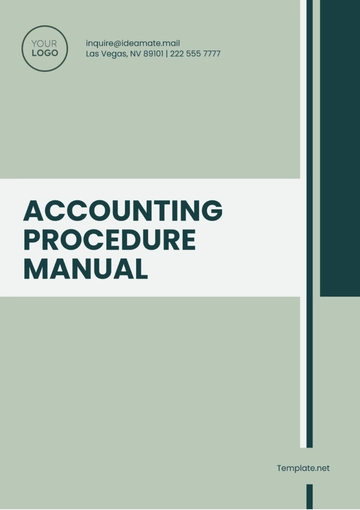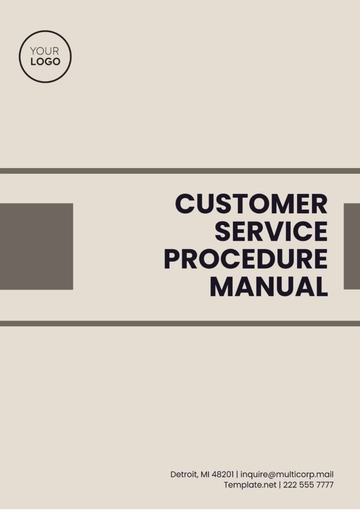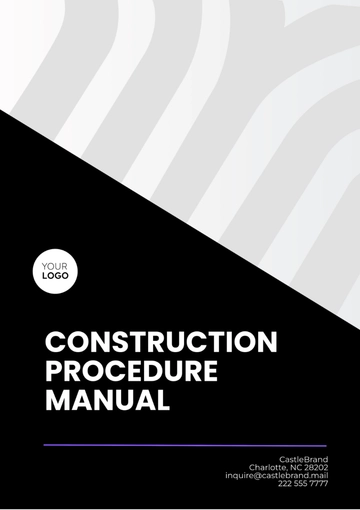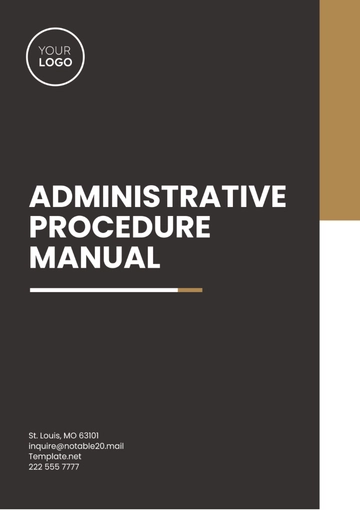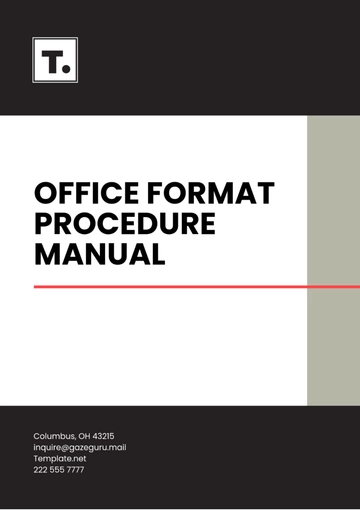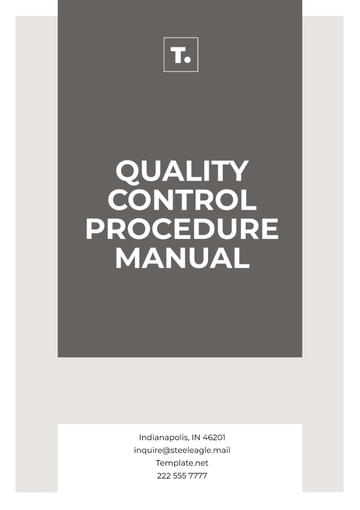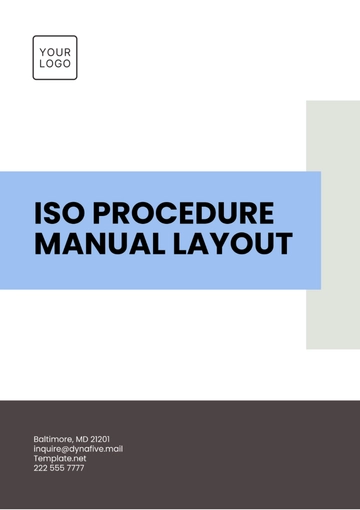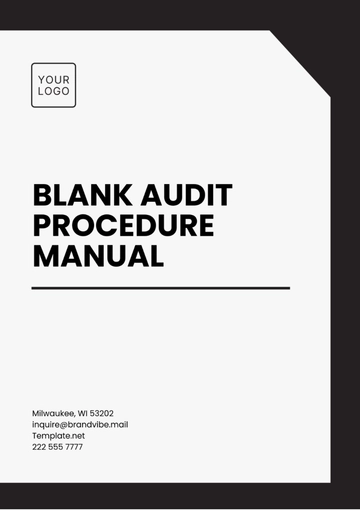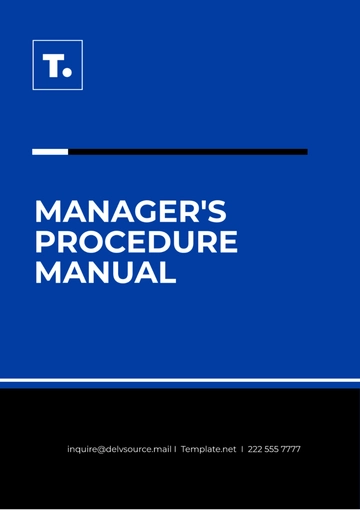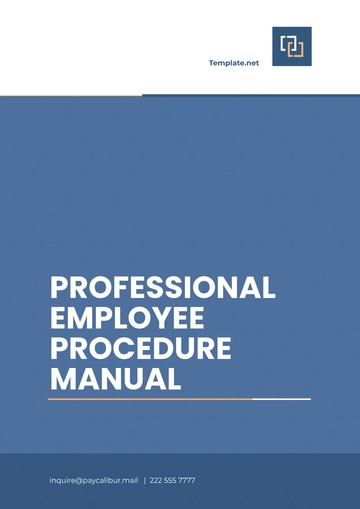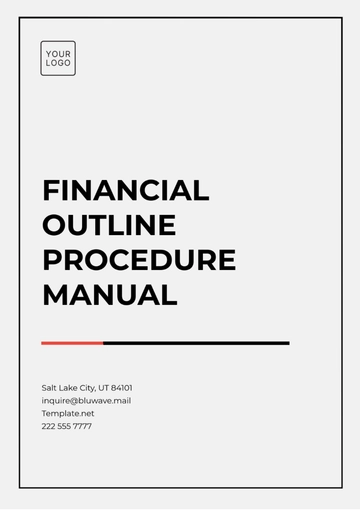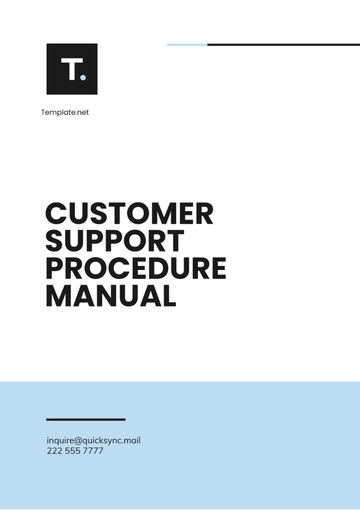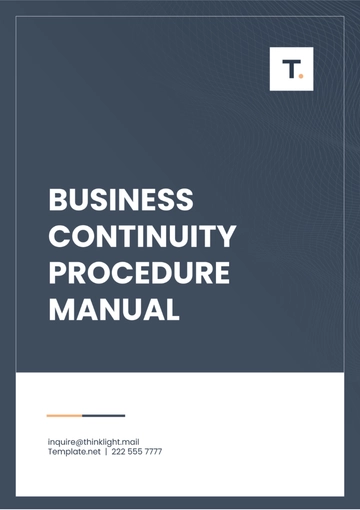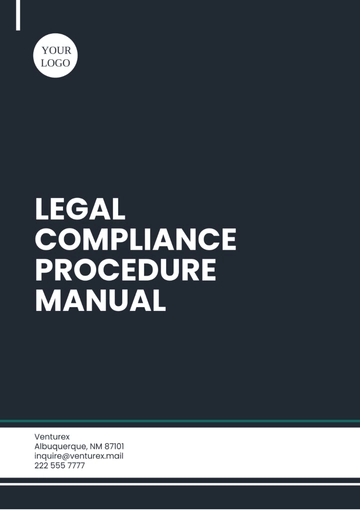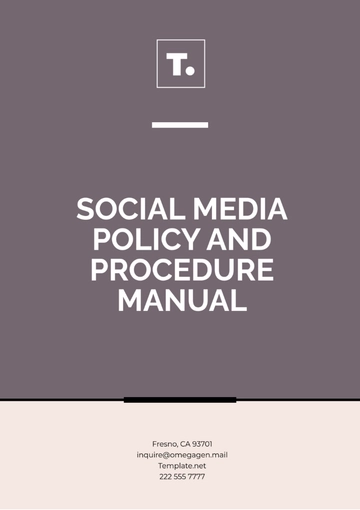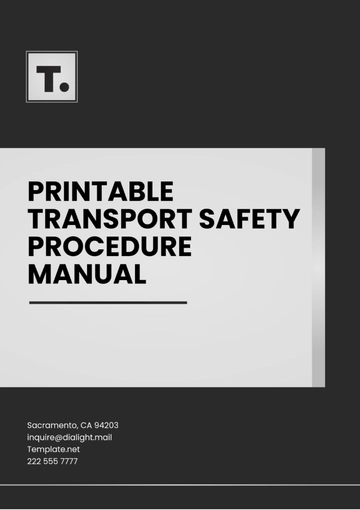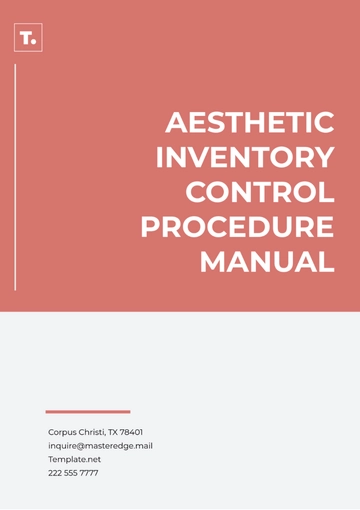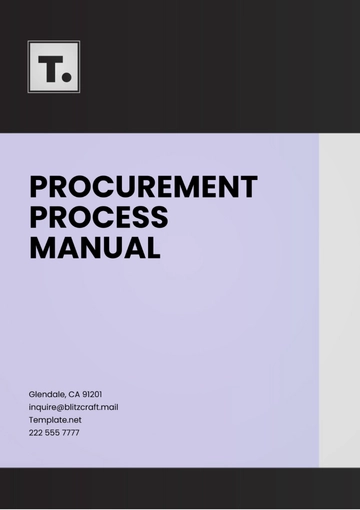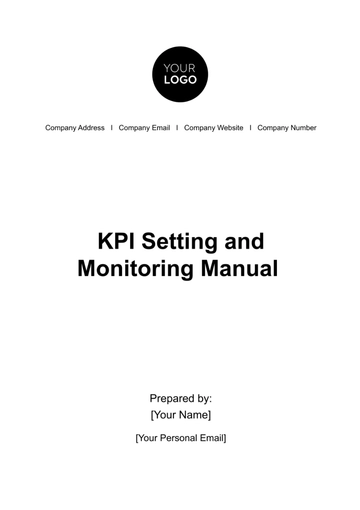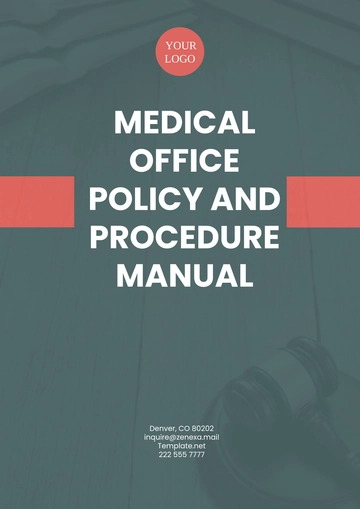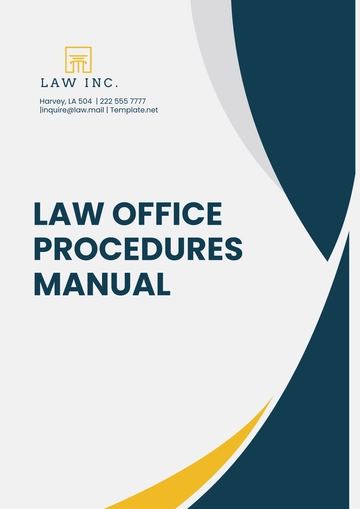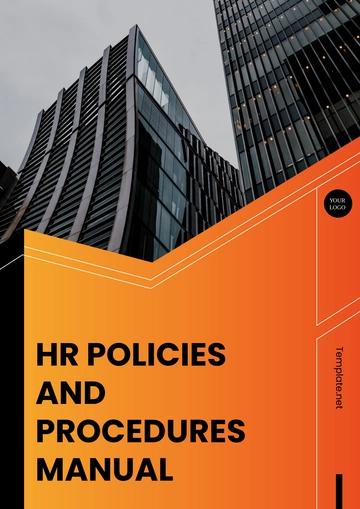Free Legal Compliance Procedure Manual

Prepared by: [Your Name]
Date: January 1, 2060
I. Introduction
The purpose of this Legal Compliance Procedure Manual is to ensure that the organization adheres to all relevant laws, regulations, and standards in its operations. This document provides a comprehensive framework to guide employees and management in understanding their roles and responsibilities in maintaining legal compliance.
II. Compliance Policies
The following compliance policies outline the organization’s commitment to abide by applicable legal requirements. These policies serve as the foundation for operational procedures and employee behavior:
Anti-Bribery and Corruption Policy: This policy ensures that employees do not engage in corrupt practices, including bribery or unlawful inducements, and outlines reporting procedures for violations.
Privacy and Data Protection Policy: This policy governs the collection, storage, and protection of personal data, ensuring that the organization complies with privacy laws and regulations, including GDPR (General Data Protection Regulation) or CCPA (California Consumer Privacy Act).
Health and Safety Compliance Policy: Outlines the organization's commitment to maintaining a safe and healthy work environment in compliance with relevant health and safety laws.
Environmental Compliance Policy: Describes the company's adherence to environmental regulations and practices to minimize the environmental impact of its activities.
III. Roles and Responsibilities
Legal Team: The Legal Team ensures that the company’s operations align with local, state, and federal laws and regularly updates compliance procedures to reflect legal changes.
Compliance Officers: Compliance Officers oversee adherence to policies and procedures, conduct training, and monitor ongoing compliance efforts.
Department Heads and Managers: Managers are responsible for ensuring that employees within their departments follow legal compliance procedures and report any potential issues.
Employees: Employees must understand and adhere to the organization's compliance policies, participate in training, and report any non-compliance.
IV. Procedures and Processes
The following procedures outline the steps necessary to ensure compliance with legal requirements:
Reporting Violations: Employees must report any potential legal violations or non-compliance issues immediately through the established channels, ensuring prompt investigation and resolution.
Conducting Risk Assessments: Periodic risk assessments are conducted to identify potential legal or regulatory risks and determine appropriate action to mitigate these risks.
Internal Audits: Regular audits are carried out by the compliance team to ensure that all departments adhere to established legal procedures.
Record Keeping: Accurate documentation is maintained to demonstrate compliance, including audit logs, training records, and reports of compliance-related activities.
V. Training and Education
Training Type | Description |
|---|---|
Initial Training | All new employees receive training on the organization's legal compliance policies as part of their onboarding process. |
Ongoing Training | Annual refresher courses and training sessions ensure employees remain updated on current laws, regulations, and compliance protocols. |
Specialized Training | Employees in roles with specific compliance risks (e.g., data management, procurement) receive additional specialized training. |
VI. Monitoring and Auditing
The company regularly monitors its compliance practices through internal audits, compliance assessments, and external audits where necessary. Monitoring includes:
Compliance Checklists: Department heads must complete regular compliance checklists to ensure that all legal requirements are met.
Regular Audits: Audits will be conducted quarterly to verify compliance with internal policies and external regulations.
External Reviews: Third-party compliance experts may be engaged for periodic evaluations of company practices to ensure alignment with best practices and current laws.
VII. Reporting and Documentation
Reporting Procedures: Employees are encouraged to report any violations or concerns to the Compliance Officer or through the anonymous whistleblower system. All reports will be investigated promptly.
Documentation Requirements: All compliance-related actions, including risk assessments, training sessions, and audit results, must be properly documented and maintained for a minimum of five years.
Breach Reporting: In the event of a legal breach, the company will notify relevant authorities within the required timeframes and take corrective action to mitigate the consequences.
VIII. Penalties for Non-Compliance
Disciplinary Action: Failure to comply with the organization's legal policies will result in disciplinary action, which may include termination of employment, legal action, or financial penalties, depending on the severity of the violation.
Legal Consequences: Serious legal violations may expose the company to lawsuits, fines, and reputational damage. The organization is committed to taking swift and appropriate action to address violations.
Corrective Measures: In cases of non-compliance, the organization will implement corrective measures to ensure that such issues do not arise again, including revising procedures or providing additional training.
IX. Conclusion
This Legal Compliance Procedure Manual serves as a vital resource for ensuring that the organization remains compliant with all relevant laws and regulations. It is the responsibility of all employees to adhere to these guidelines and actively contribute to maintaining a lawful and ethical workplace.
- 100% Customizable, free editor
- Access 1 Million+ Templates, photo’s & graphics
- Download or share as a template
- Click and replace photos, graphics, text, backgrounds
- Resize, crop, AI write & more
- Access advanced editor
Maintain regulatory standards with Template.net’s Legal Compliance Procedure Manual Template. This editable and customizable template provides a structured approach to documenting compliance procedures, ensuring that your organization adheres to legal requirements. Editable in our AI Editor Tool, this manual is perfect for legal and compliance teams aiming to establish consistent, compliant operations. Enhance accountability and stay compliant with this comprehensive guide.
